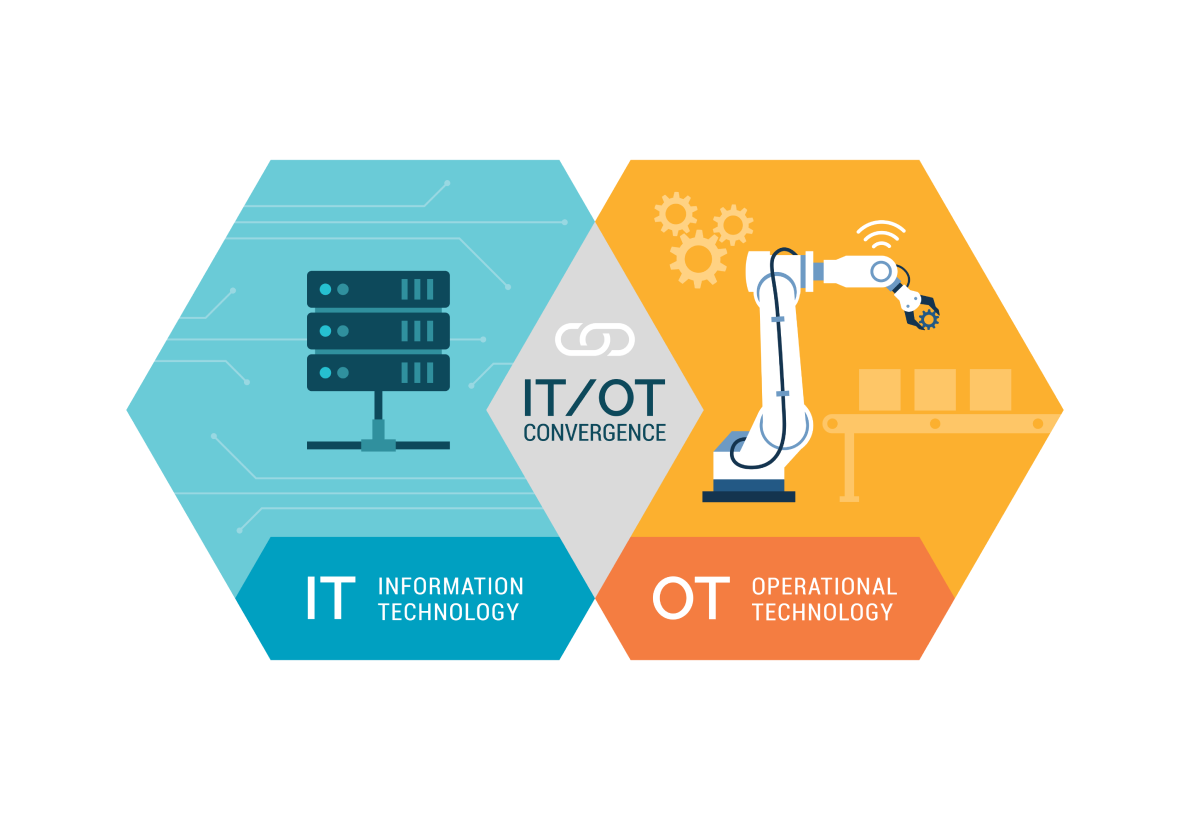This insight is a step by step guide how to launch private Ethereum network. It is a great starting point to start experiments and play with different setup and configuration options for your specific needs (block creation time, number of nodes per availability zone, block target gas limit, etc…).
Private chain
A private chain can potentially have huge advantages over public – level of control we get is much higher. Designing architecture for specific business needs, with private network setup we have more flexibility around transaction cost, latency and other quality attributes.
Key points about Ethereum Clique
Ethereum Clique is Proof-of-Authority consensus algorithm implementation deployed to Rinkeby test network. PoA is a near perfect fit for private networks as it gives us full control over which nodes can seal (validate/create) blocks on the network. There are number of pre-approved seal nodes (validators) defined in genesis file. Addition of the new seal node requires voting by existing seal nodes.
There are three essential rules to note before we start:
Seal nodes voting
- Adding a new seal node to the network requires a majority vote by the existing seal nodes.
Block Production and Authority
- Only pre-approved seal nodes (defined in the genesis file) are allowed to produce and validate blocks on the network.
Control over Network
- The Proof-of-Authority (PoA) model is ideal for private networks as it provides full control over which nodes are allowed to seal blocks, enhancing network security and governance.
Test scenario
A few words about how our test transaction looks like. In a nutshell it represents the following scenario:
Given user logged in as brand And balance is 100 tokens When user types unit name And clicks create Then unit appears in unit list And balance is 99 tokens
Scenario is implemented in the smart contract in the following way: Under the hood the following business logic comes into play:
- User Authentication:
The smart contract verifies that the user is logged in as a brand and is authorized to perform the transaction. - Balance Check:
The smart contract checks that the user’s balance is initially 100 tokens, ensuring they have sufficient funds to perform the action. - Input Validation:
The user inputs the unit name, and the smart contract verifies the validity of the input (e.g., non-empty and meets required format or constraints). - Creation of Unit:
When the user clicks “create,” the smart contract executes the logic to create a new unit and stores it on the blockchain. - Unit Listing:
After successful creation, the new unit is added to the unit list, making it visible to the user. - Token Deduction:
The smart contract reduces the user’s balance by 1 token (from 100 to 99 tokens) as a fee or cost for creating the unit. - Transaction Confirmation:
The smart contract confirms the successful execution of the transaction and updates the user’s balance and unit list accordingly.
Setup manual for Ethereum network
0. Prerequisites
As cloud platform we use Microsoft Azure. BTW, It kindly offers 200$ as trial option. We created 8 VMs in two regions. 4 VMs withing one availability zone of Central US region and three others within France Central. Each VM(DS1_v2) has 1 vCPU, 7GB SDD, 3.5GB of RAM and Ubuntu 16 on board. Plus, a separate VM to deploy the Ethereum statistics. There is a list of machines needed for experiment with some useful info in the name (it’s a good idea to note IP address next to VM name):
VM1 (Central US)
- Purpose: Main test node
- Specs: 1 vCPU, 7GB SSD, 3.5GB RAM
- OS: Ubuntu 16
- IP Address: [Add IP here]
1. Install go (to each node):
$ curl https://dl.google.com/go/go1.11.linux-amd64.tar.gz > go1.11.linux-amd64.tar.gz $ sudo tar -C /usr/local -xzf go1.11.linux-amd64.tar.gz $ mkdir ~/.goadd to /etc/profile:
GOROOT=/usr/local/g
GOPATH=~/.go
PATH=$PATH:$GOROOT/bin:$GOPATH/bin$ sudo update-alternatives --install "/usr/bin/go" "go" "/usr/local/go/bin/go" 0
$ sudo update-alternatives --set go /usr/local/go/bin/go
$ go version2. Download and build go-ethereum (on each node):
$ sudo apt-get update
$ sudo apt-get install -y build-essential
$ git clone https://github.com/ethereum/go-ethereum
$ cd go-ethereum
$ git checkout tags/v1.8.16` (`git tag -l`)
$ make allYou might also like
iot
Tina and her team did an ICO in May. They hit the hard cap of $12m and celebrated success, taking a few weeks’ break from the rush. After the dust settled and founders’ LinkedIn cooled down from the overwhelming flow of ‘kudos’ and business offers, the team sat in the office to plan the next […]

3. Setup ethstats
In order to do this the best option is to use puppeth. First, install docker to stats-node:
$ curl -fsSL https://download.docker.com/linux/ubuntu/gpg | sudo apt-key add -
$ sudo apt-get install docker-compose
$ sudo usermod -aG docker $USER
$ reloginThen, run puppeth and follow CLI instructions to deploy ethstats:
$ ~/go-ethereum/build/bin/puppeth4. Setup seal-node-n (repeat to all seal nodes)
$ mkdir -p ~/supplychain/seal-node-nCreate a bunch of tests accounts – create at least 2-3 accounts.
$ cd ~/supplychain
$ ~/go-ethereum/build/bin/geth --datadir seal-node-n/ account new5. Create genesis.json using puppeth (run puppeth on stats-node and follow CLI instruction to generate genesis file)
$ ~/go-ethereum/build/bin/puppethUse puppeth CLI to export just created genesis file to home directory.
6. Init seal-node-n
$ cd ~/supplychain
$ scp -r _user_@_stats-node-ip_:~/supplychain.json .
$ ~/go-ethereum/build/bin/geth --datadir seal-node-n/ init supplychain.json7. Run boot-node:
$ mkdir -p ~/supplychain/bootnode
$ cd ~/supplychain
$ scp -r _user_@_stats-node-ip_:~/supplychain.json .
$ ~/go-ethereum/build/bin/geth --datadir bootnode init supplychain.json
$ ~/go-ethereum/builds/bin/bootnode -genkey boot.key
$ ~/go-ethereum/build/bin/bootnode -nodekey boot.key -verbosity 9 -addr :303108. Run seal-node-n:
write pass to seal-node-n.pass
$ ~/go-ethereum/build/bin/geth --datadir seal-node-n/ --syncmode 'full' --port 30311 --rpc --rpcaddr '0.0.0.0'
--rpcport 8501 --rpcapi 'personal,db,eth,net,web3,txpool,miner' --bootnodes
'_bootnode_enode_@_bootnode_ip_:30310'
--networkid 1605 --gasprice '1' -unlock '_seal_node_n_account_' --password ./seal-node-n.pass
--mine --ethstats seal-node-n-us:_pass_phrase_@_stats_node_ip_:8081 --targetgaslimit 94000000`To get the network working smooth we should take care about peer discovery.
There are two options:
Static Node Configuration
- This involves manually configuring static nodes by specifying their enode URLs in the
static-nodes.jsonfile. This ensures that specific nodes are always connected as peers. It’s a reliable method but requires manual updates when new nodes are added or existing ones are changed.
Bootnode Setup
- Using bootnodes allows dynamic peer discovery. Nodes can connect to a bootnode, which helps them discover other peers in the network automatically. This option is more scalable and flexible, as it facilitates automatic peer connections and disconnections.
Below you can see console output of three US seal nodes: Whereas ethstats screen should look like this:
Running transactions
We encourage you to play with network setup and configuration. Meanwhile, for demonstration purposes we provide a few results obtained with the following configuration:
Seal Nodes Configuration:
- Number of Seal Nodes (Validators): 3 US Seal Nodes
- Region: Central US (Single Availability Zone)
- VM Specs:
- 1 vCPU
- 7GB SSD
- 3.5GB RAM
- Ubuntu 16 OS
Ethereum Client Setup:
- Ethereum Client: Geth (Go Ethereum)
- Sync Mode: Full sync
- Port: 30311 for each seal node
- RPC Settings:
- RPC Address:
0.0.0.0 - RPC Port: 8501
- RPC API:
personal, db, eth, net, web3, txpool, miner
- RPC Address:
- Network ID: 1605
- Gas Price: 1 Gwei
- Unlock Seal Node Accounts: Specified individual seal node accounts using the
--unlockoption with the associated password files (./seal-node-n.pass). - Mining: Enabled (
--mine) with a target gas limit of 94,000,000. - Ethstats Monitoring:
- Ethstats Name:
seal-node-n-us - Ethstats URL: Connected via
ethstatsto monitor node performance and transaction flow. - Stats Port: 8081
- Ethstats Name:
- Bootnode: Connected to a central bootnode using the bootnode enode URL and IP (
--bootnodes '_bootnode_enode_@_bootnode_ip_:30310').
Interval tests
Transactions are submitted periodically(every second). 500 transactions were accepted by network in 500 in 8161: 300 transactions are accepted by network in 5900: Sequence tests Transactions are executed in batches. Each subsequent batch starts after previous is finished. 100 transactions each were accepted by network in 5610: 700 transactions are accepted by network in 14937: As it is stated earlier the main purpose of this article is to cover devops part. Thus, we believe, you will invest more time in understanding Clique tuning it instead of having headache setting it up. Soon we release insight how to tune private setup to get maximum TPS! You are always welcome to reach out for advice to one of our Pragmatic DLT SWAT Teams web design agencies Stay tuned!






